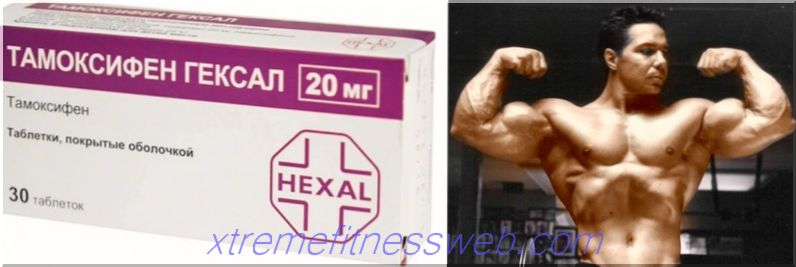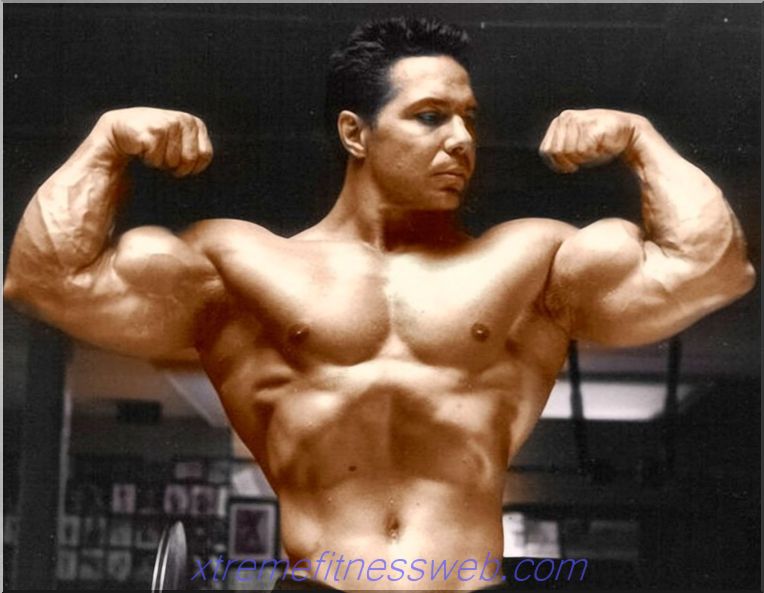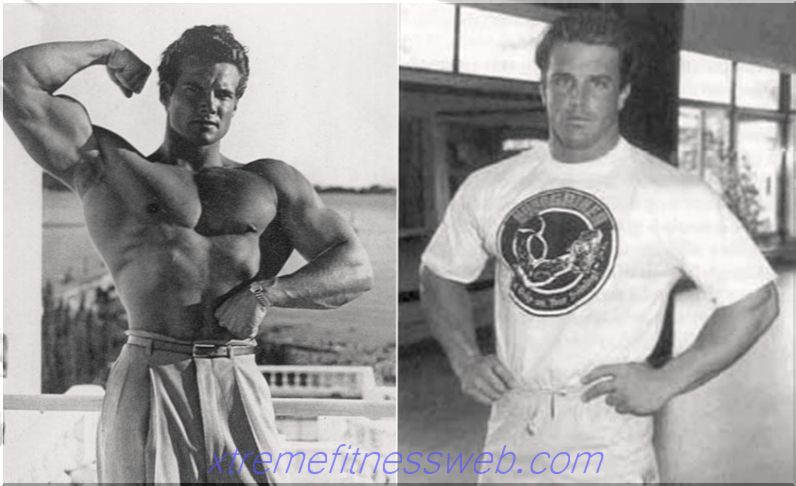
Nutrition for gaining lean muscle mass is confused by ordinary people with a diet for burning fat. It turns out that they dream of increasing deltas, biceps, latitudinal and quadriceps with buttocks, but they get a thinner and rather frustrated version of themselves. The correct mass and drying ration is pretty similar. You will have to chew vegetables, meat, fish, chicken breasts, and sometimes drumsticks, as well as cereals and pasta. On the masses, fruits and vegetables will be added to this list; on drying, dairy products, and fruits, as well as pasta and rice, may leave it. These products in some people retain fluid.
In general, if you are interested in food on drying, we will indicate additional diet figures for this purpose. But the dry mass will have to be gained according to completely different rules, and with a different amount of food. Nevertheless, for a sportsman, the simultaneous burning of fat and muscle growth is possible only in one case - a person has just begun to train, and just gets his muscles to normal.
Primary requirements

There is a theory of "dirty typing." According to her, an athlete can eat everything while he is on the mass, because all the same, his goal is to maximize his own weight. The main thing is to get into the amount of protein, fats and carbohydrates. By the way, in most sources, incorrect numbers are also indicated.
Start the set with 1, 5 g of protein, 1.2 g of fat and 4-5 g of carbohydrates per kilogram of body weight. If we have a hard gainer and the mass does not grow, increase the carbohydrate component to 6 g per kilogram of mass.
Gathering "dirty" is usually either simply genetically gifted and does not grow body fat, or they use the "help" of anabolic steroids, which, under the conditions of hard training, maximize the gain in muscle mass. A sportsman who practices without pharmaceutical support for the sake of health will not have a “dirty” diet if he is not a deep ectomorph.
It is rational to make a “clean” set, that is, to eat regular food - cereals, pasta, meat and fish dishes, cottage cheese and fruits, and not semi-finished products, “doshiraki” and sausages with sausage.
Carbohydrates should be obtained with:
- Pasta and yourself;
- Whole grain bread without yeast;
- Buckwheat, oatmeal, bulgur, brown rice, barley;
- Fruit
Carbohydrates from fruits should be left “for sweet, ” and consume about 20% of the total carbohydrate load with them, not more. Actually, sugar and maltodextrin can be eaten, but in very limited quantities. Typically, the amount of sweets is estimated by the shape of the athlete. If it looks “flooded”, the sugar load is removed. It looks “dry” - you can add a little simple carbohydrates. For a healthy athlete who is training hard, talking about “completely eliminate flour and sweets” is superfluous. Such measures are needed for those who are not glucose tolerant, who have a tendency to type 2 diabetes, and high blood sugar. Simple carbohydrates eat 10-20 g in pure form before and after a hard workout, then they do not "transform in the liver into fat, " as they like to write in popular sources.
Protein needs to be obtained from the most complete sources possible. Regarding muscle gain, vegetarians and vegans have no particular problems, as they can combine different sources of protein, and there are legumes, soy and tempeh, as well as other plant products, despite the fact that they are rich in carbohydrates too.

Proteins can be roughly divided into:
- Digestible;
- "Long-playing"
The former are found in all low-fat animal products from meat to egg protein, and fish. The second is cheese and cottage cheese, as well as casein protein. They are eaten before bedtime to slow the absorption of amino acids, and give themselves time to recover.
Protein supplements can solve the problem of those who do not have time to eat all the required protein during the day. And they are able to reduce the cost of an athlete’s diet by 20 percent. Therefore, a portion of protein before and after training is a necessary measure for everyone who wants to gain muscle mass, but cannot eat regularly.
Fractional nutrition is recommended "on a mass basis" for one reason - it is necessary to ensure complete assimilation of food, and a person is able to digest only limited volumes. Hardgeiners are advised to immediately pick up an enzyme complex, since there will be a lot to eat. The average portion "on weight" is 500 g of food for an athlete weighing 70 kg. Because 5-6 one-time tricks can be a solution.
The structure of the diet for gaining muscle mass resembles what WHO advises for the nutrition of an ordinary person:
- Half of all calories should come from sources of complex carbohydrates;
- 30% with protein foods;
- 20% are sources of fats, with 10% of the total amount of fats coming from saturated lipids - dairy products, butter and coconut oil.
You need to drink about 30-40 ml of pure water per kilogram of body weight. The greater the amount of work performed in a hot room, the more water.
Diet scheme

The circuit on the mass set looks like this. One serving of food contains:
- Squirrels. Cottage cheese (fat content - not more than 5%), boiled eggs, hake or pollock (steamed, boiled), tuna, shrimp, milk (fat content - up to 2%), boiled chicken breast.
- Carbohydrates. Any cereals on the water, without spices and other seasonings (various sauces, ketchup, mayonnaise). You can enter into the diet pasta from durum wheat (in small quantities), boiled potatoes, brown bread.
- Fats. The main sources are cottage cheese and milk, you can supplement the diet with linseed oil (1-2 tbsp. L. Per day) or fish oil (in capsules). It is allowed to use boiled chicken yolks, but in a limited amount - no more than 3 pieces per day.
- Cellulose. All fruits and vegetables (especially after training, when you need to replenish energy costs).
- Nutritional supplements. Without fail - a protein. Scheme of admission: three times a day, 30 g per reception. Complex amino acids - in the morning, at lunch and in the evening, before bedtime. Right before the training and immediately after it - BCAA. Also, before intense physical exertion, it is recommended to “supply” the body with creatine. All of the above is a minimum, "excesses" require additional financial costs.
Serving size is considered individually. Fruits or smoothies of them with protein are best eaten before training or immediately after it, the rest of the time - complex carbohydrates. If an athlete simply acquires a fat layer, 1-2 meals can be done with a reduced amount of carbohydrates.
Nutritional Structure by Week

Usually the process takes at least 8-12 weeks
- 1 week - 3-4 g of carbohydrates per kilo of mass, "entry" into the mass gain, the beginning of the intake of enzymes;
- 2 week - 3-4 g of carbohydrates per kilo of mass, the gradual introduction of simple carbohydrates around training;
- 3 week - increase to 4-5 g grams of carbohydrates;
- 4 - 8 week - retention of the carbohydrate component at this level. You can periodically slightly reduce the amount of fat in order to simplify the work of the liver and gastrointestinal tract.
You need to try to cook a variety of cereals and prepare different sources of protein, so the athlete will receive more different nutrients, which will positively affect the state of health.
What to do if muscles do not grow ">







